BBC 3G map shows ‘many notspots’
The 3G coverage map indicates operators are telling porkies, although the BBC survey has its limitations.
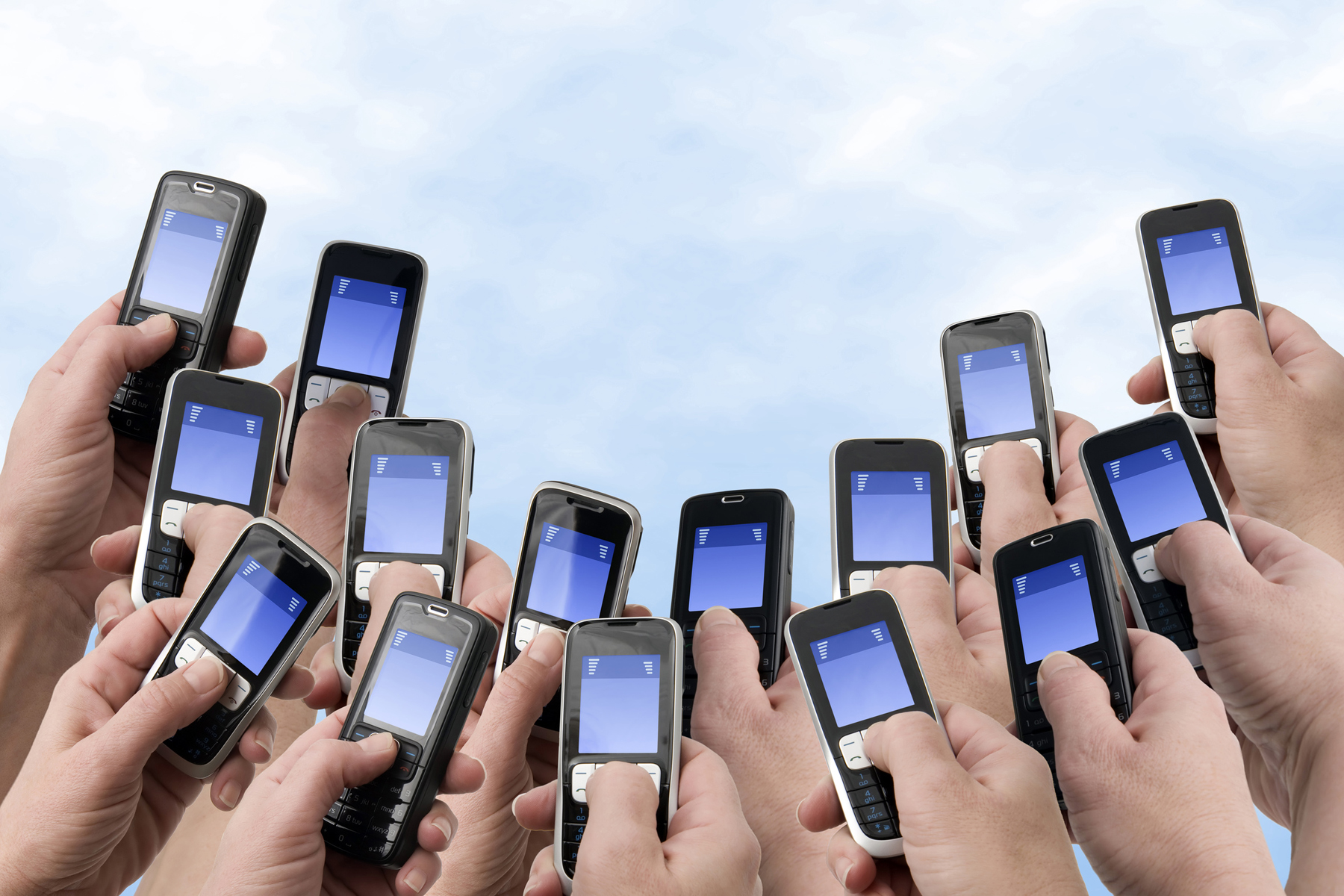

The BBC 3G crowd sourcing survey into 3G in the UK has shown operators may be exaggerating their claims over coverage.
Operators have often claimed 90 per cent or more of the UK can get 3G, yet the BBC research indicated testers only got signal 75 per cent of the time.
There are still "many not spots," including in major cities, according to the BBC's analysis.
For the first time consumers have the means to see 3G coverage precisely where they live, work and travel.
"The data shows that, overall, people are getting 3G about three quarters of the time, but coverage is nothing like as uniform as the picture painted in the coverage map issued by the mobile operators," said Rory Cellan-Jones, BBC technology correspondent.
"So most of a city will have excellent coverage but there will be certain places even quite near the centre where some if not all the networks are just not providing a data connection."
To find out what coverage is like in your area, head here.
Get the ITPro daily newsletter
Sign up today and you will receive a free copy of our Future Focus 2025 report - the leading guidance on AI, cybersecurity and other IT challenges as per 700+ senior executives
Limited study?
The BBC study was only a snapshot of the UK, as only Android users could take part.
The crowd-sourcing project was also voluntary, as participants had to download an app to take part. Over 44,000 downloaded the application, with 42 million locations tested.
Epitiro, the organisation employed by the BBC to carry out the survey, was pleased with the results, despite the limitations of the Android-only project.
"The BBC has undertaken a crowd-sourcing survey that is well beyond any scale seen by the mobile industry in this country or any other," said Gavin John, chief executive of Epitiro.
"For the first time consumers have the means to see 3G coverage precisely where they live, work and travel."
Stephen Rayment, chief technology officer at wireless networking provider BelAir Networks, was not convinced by the study, saying it would be more useful to garner the whole gamut of connectivity data.
"While it's certainly helpful to gauge the extent of 3G vs. 2G coverage available in the UK, does it really reflect the problems that users are experiencing on mobile networks? Only partly," Rayment said.
"To get a more accurate measurement of the user experience, speed tests along with identifying Wi-Fi availability need to be included. Given that even the new 4G LTE technologies will not be able to handle the current growth rate of mobile data traffic, any study of mobile broadband availability needs to look at measuring capacity as well as coverage."
Tom Brewster is currently an associate editor at Forbes and an award-winning journalist who covers cyber security, surveillance, and privacy. Starting his career at ITPro as a staff writer and working up to a senior staff writer role, Tom has been covering the tech industry for more than ten years and is considered one of the leading journalists in his specialism.
He is a proud alum of the University of Sheffield where he secured an undergraduate degree in English Literature before undertaking a certification from General Assembly in web development.
-
 Cleo attack victim list grows as Hertz confirms customer data stolen
Cleo attack victim list grows as Hertz confirms customer data stolenNews Hertz has confirmed it suffered a data breach as a result of the Cleo zero-day vulnerability in late 2024, with the car rental giant warning that customer data was stolen.
By Ross Kelly
-
 Lateral moves in tech: Why leaders should support employee mobility
Lateral moves in tech: Why leaders should support employee mobilityIn-depth Encouraging staff to switch roles can have long-term benefits for skills in the tech sector
By Keri Allan
-
 Nokia and NASA join forces to bring 4G to the moon
Nokia and NASA join forces to bring 4G to the moonNews Cellular service will provide the communications needed for meaningful moon exploration
By Tyler Omoth
-
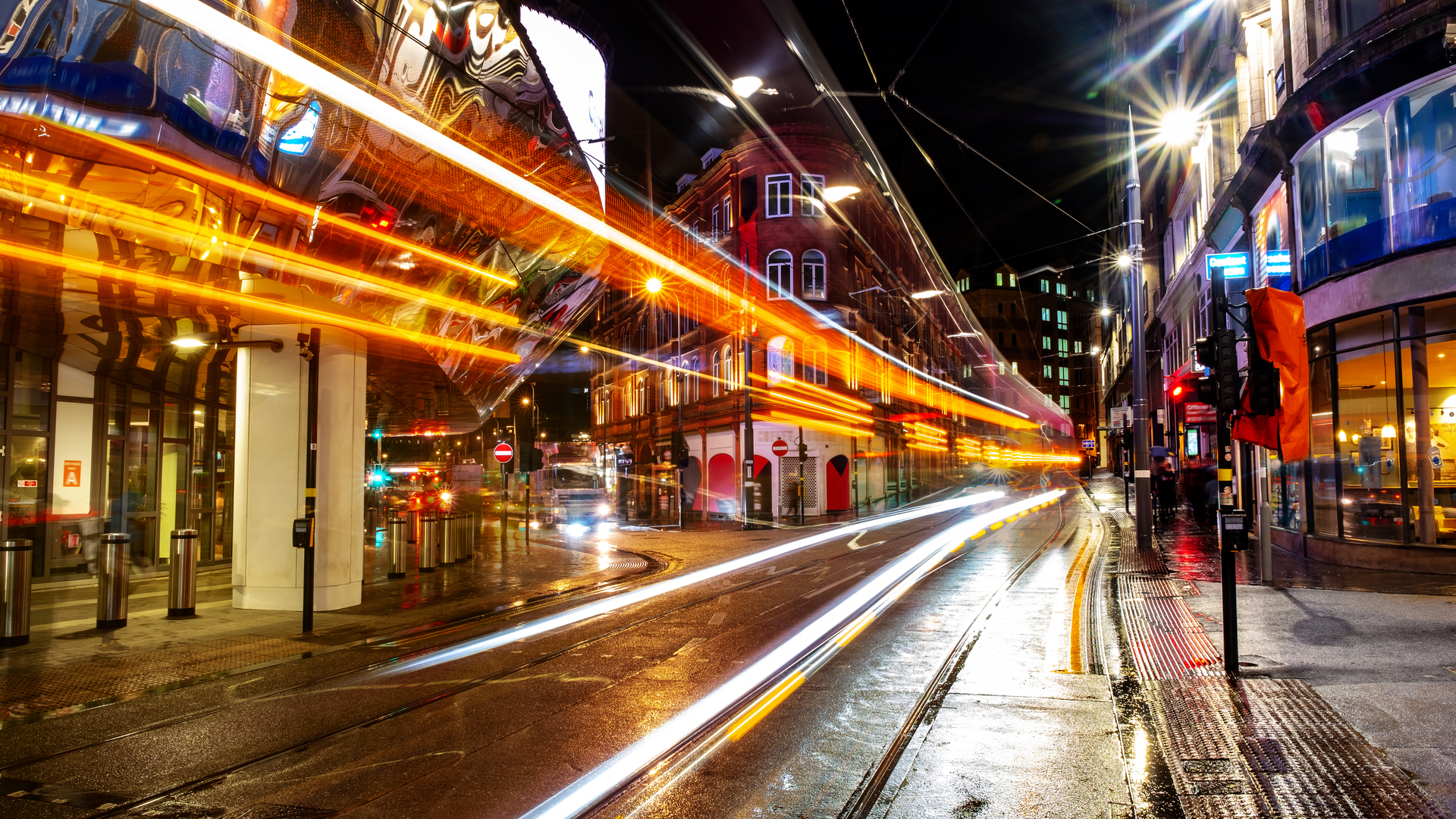 Birmingham crowned the fastest UK city for 4G download speeds
Birmingham crowned the fastest UK city for 4G download speedsNews While Birmingham also recorded the highest speed hike over 2019, London came in at a middling 9th place
By Keumars Afifi-Sabet
-
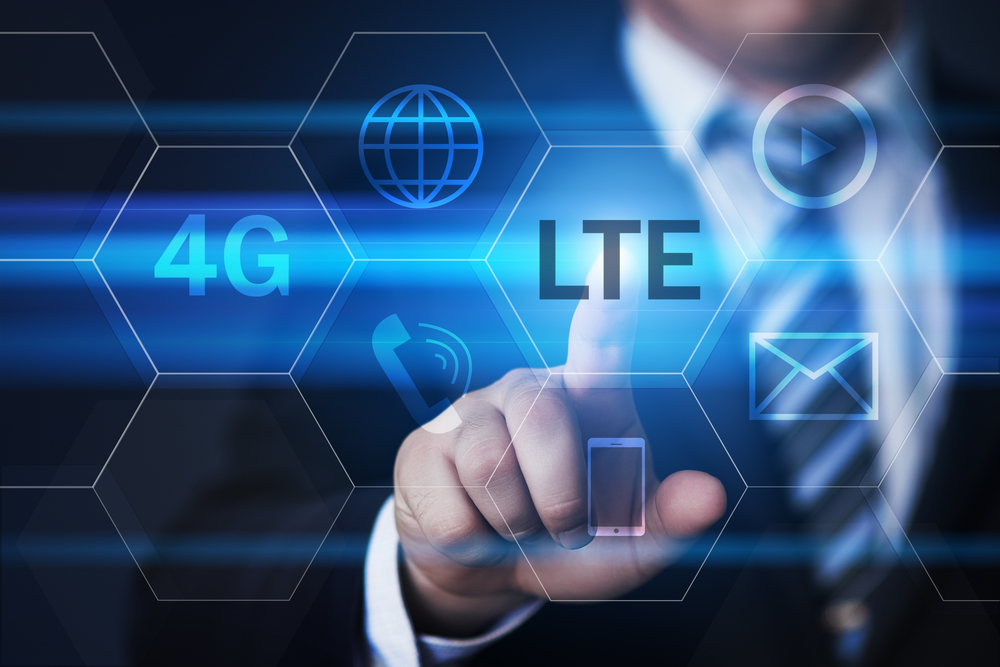 LTE vs 4G: Which is better?
LTE vs 4G: Which is better?In-depth Comparing LTE vs 4G has become common in recent years, but how exactly do they differ, and is 4G faster?
By Jane McCallion
-
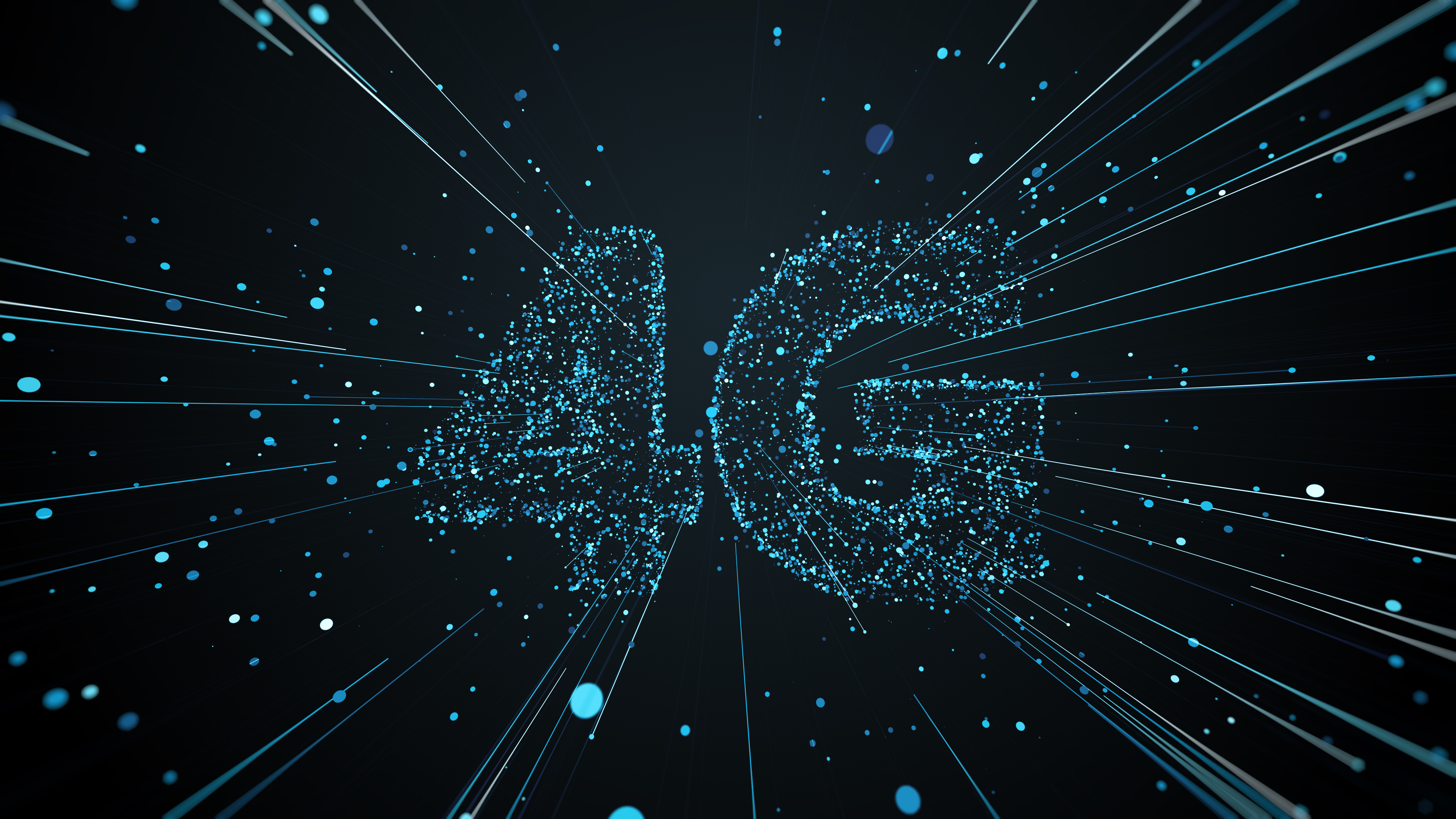 What is 4G?
What is 4G?In-depth A look at the fourth generation of mobile networking technology and its availability in the UK
By Rene Millman
-
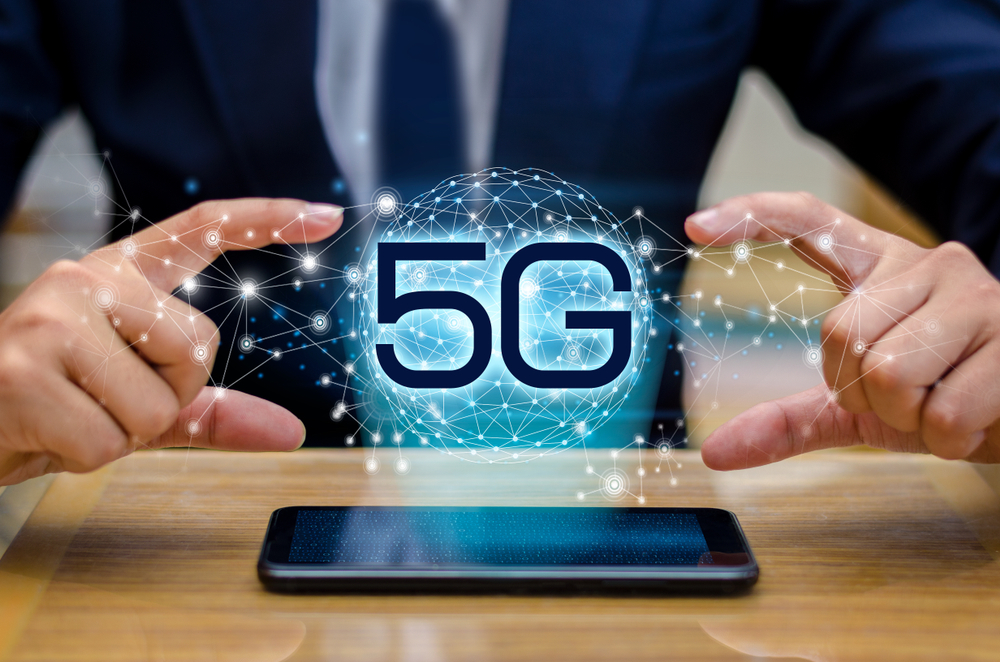 4G vs 5G - what's the difference?
4G vs 5G - what's the difference?Vs From 3G to 4G, mobile connectivity has revolutionised our lives. Now 5G is set to do it again
By Bobby Hellard
-
 The best 4G network
The best 4G networkIn-depth Every mobile provider offers 4G contracts, but which one is the best for you?
By Carly Page
-
 More than a million UK properties don't have access to 'decent' broadband speeds
More than a million UK properties don't have access to 'decent' broadband speedsNews Ofcom's Connected Nations report finds broadband is still lacking across 4% of the UK
By Roland Moore-Colyer
-
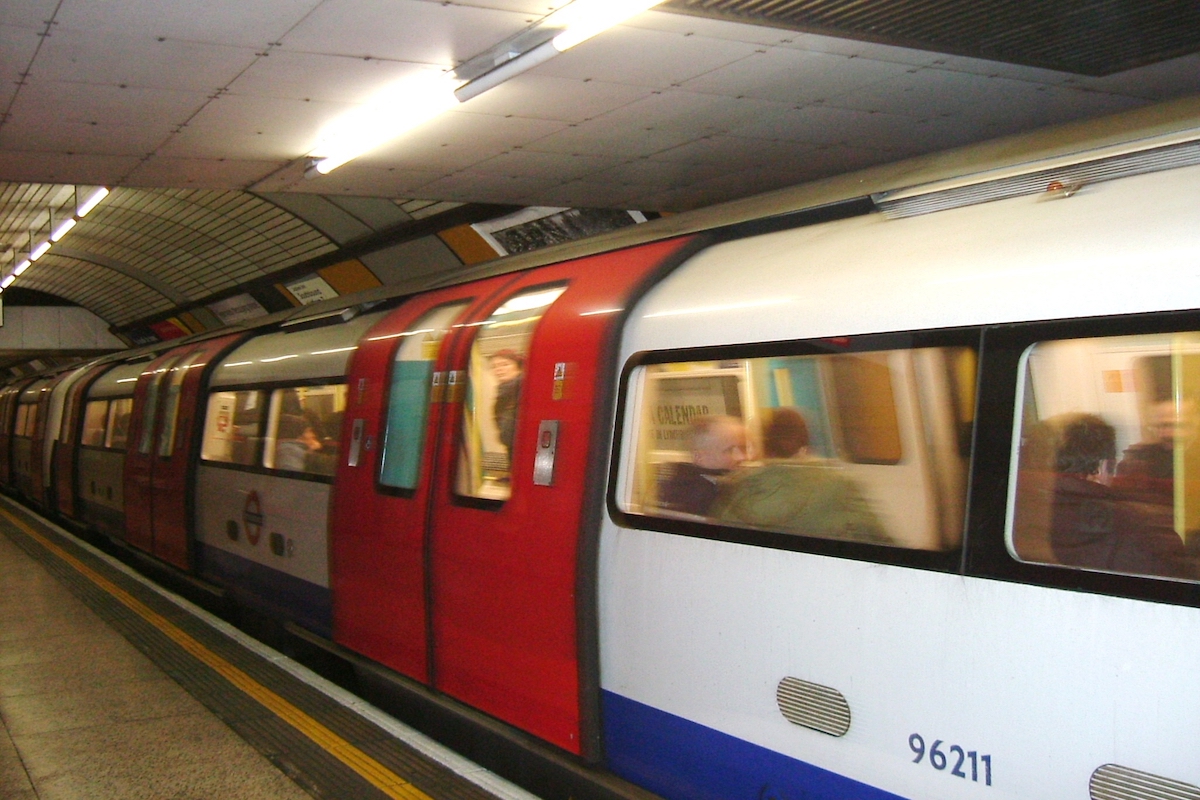 4G London Underground coming in 2019, following successful tests
4G London Underground coming in 2019, following successful testsNews No more internet blackspots, even under ground
By Alan Martin